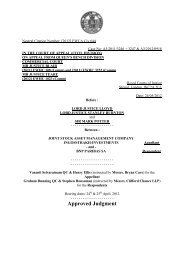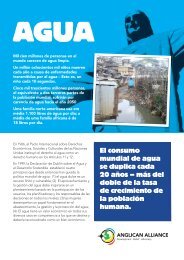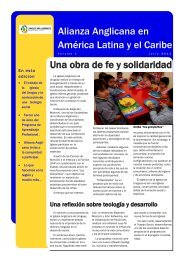HE senior mgrs_Apr18 - Bournemouth University
HE senior mgrs_Apr18 - Bournemouth University
HE senior mgrs_Apr18 - Bournemouth University
Create successful ePaper yourself
Turn your PDF publications into a flip-book with our unique Google optimized e-Paper software.
framework for curriculum innovation. Like ourcolleagues at the <strong>University</strong> of Leicester we wouldenvisage the development of programmes thatembody an international and interculturalorientation, a cross-cultural pedagogy,constructive alignment with student profile,working with local ethnic communities andintercultural learning in a virtual classroom(Chan, 2006).Anecdotally, we know that there is already muchuseful work going on across and some veryuseful tools for supporting curriculuminterrogation have been identified such asMercado and Leopold’s (2007) AOPI (Aspects OfProgramme Internationalisation) framework.However, the crucial challenge of promoting anddisseminating good practice, thereby harnessinglocal ingenuity in pursuit of institutional goalsremains. In this context the ‘diffusionist’ model ofchange management as defined by Rogers(1995) may be more effective than the rationalplanning model in moving the <strong>University</strong> towardsa position of relational participation. Rogers(1995) defines the model thus: ‘…the process bywhich an innovation is communicated throughcertain channels over time among members of asocial system.’ Arguably the model is highlyappropriate when the degree programme is usedas the lens through which to look at ways todiffuse innovations to teaching staff. Rather thanseeking change from the top-down (from <strong>senior</strong>management) or bottom-up (from students) the‘diffusionist’ model promotes a middle-outapproach to change that is based on theeducational development function working withprogramme teams and acting as an interfacebetween policy makers and programme staff,interpreting policy in terms of programmeenhancement as well as providing soundpractical solutions as a means of implementingpolicy (Chang et al, 1994).At the <strong>University</strong> of Salford the academicdevelopment function has traditionally embracedStaff and Curriculum Development within anover-arching structure of an EducationDevelopment Unit. In terms of engagement withthe academic community two models are inevidence: (1) staff development catering for thecontinuing professional development (CPD) needsof individuals within the context of institutionalstrategies and objectives cascaded, interpretedand re-interpreted through the variousorganisational levels, and (2) curriculumdevelopment organised on a project basis with‘project managers’ at the centre supportingnominated individuals based in schools andfaculties and programme teams, in embeddingparticular strategic initiatives (e.g. employability).This second approach mirrors the ‘diffusionistmodel’ of change although specific projects tendto exist almost in isolation of each other.The outcomes of the first approach have tendedat times to be fractured and unsystematic. All toooften staff development events designed toencourage ownership of <strong>University</strong> strategy at thelocal level and geared towards embeddingstrategic initiatives across the institution haveattracted a relatively small number of willingconverts or ‘champions’ in the field recruitedfrom the ranks of a hard-pressed army ofacademics who are struggling to cope with theever-increasing, ever-more complex and oftencompeting demands of their role. The secondapproach seems to offer more in terms offacilitating change across the institution. However,the change which takes place - whilst beingsignificant in terms of its breadth - is relativelylacking in scope since there is limited opportunityto make connections between alternativestrategies at the level of the programme andfoster a more holistic approach to curriculuminnovation. On balance, it seems that the seeds34The Global <strong>University</strong>The role of <strong>senior</strong> managers


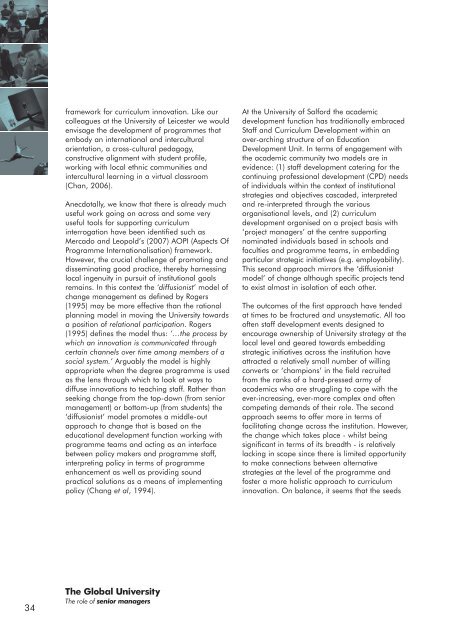
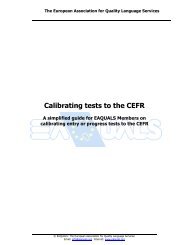
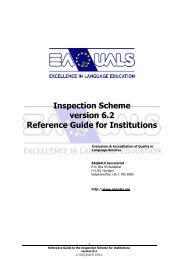
![[2012] UKUT 399 (TCC)](https://img.yumpu.com/51352289/1/184x260/2012-ukut-399-tcc.jpg?quality=85)

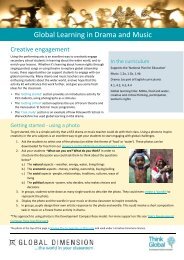


![Neutral Citation Number: [2009] EWHC 3198 (Ch) Case No: CH ...](https://img.yumpu.com/50120201/1/184x260/neutral-citation-number-2009-ewhc-3198-ch-case-no-ch-.jpg?quality=85)
